The original Byre Theatre was founded in 1933 by Alexander B Paterson and grew from a place once used as a potato merchant’s store to become one of the most respected theatres in the country.
It was in the winter of 1933, during a Sunday walk, that the local freelance journalist and prolific playwright first heard the old byre of the Abbey Street Dairy Farm was to let.
He was walking in the company of fellow members of Hope Park Church.
That church’s Bible class produced one full-length play every year and also entered a team in the one-act play festival of the Scottish Community Drama Association.
Opening act in 1933
At the mention of the old byre, owned by St Andrews Town Council, Paterson hurriedly led the party back over the rocks to have a look at the place.
“This would be the very place for us,” he announced.
The building was leased from the council for £10 per annum.
This marked the beginning of the St Andrews Play Club.
The members’ first task was to clear out the byre and a stage was built at the west end that was linked to the dressing rooms in the loft by a perpendicular ladder.
They rehearsed and gave private performances and, by May 1935, felt able to issue invitations for a performance of Murder Trial by Sydney Box.
The Town Council heard about the success of this performance and insisted that the premises should be properly equipped as a public theatre.
As the play club had no funds, a do-it-yourself campaign got under way to meet the demands of the theatre regulations.
Paterson wrote a series of plays which they performed in the Town Hall to raise funds, while further drives including dances and jumble sales were organised.
His plays, written principally around the people he knew, reflected the pathos and humour of his day.
Their hard work would eventually pay off.
With the funds they raised, the members built their own new stage and proscenium, installed a lighting rig, and gave the it all a shiny new coat of paint.
The loft was converted into a series of dressing rooms.
New space opened in 1937
The St Andrews Play Club would “produce plays out of the ordinary”, they told The Courier in 1937 at the opening of the new space, having to speak on Paterson’s behalf since he was in hospital after a small operation.
Paterson’s one-act play, titled The Foreigner, was their entertainment for the evening, having previously been put on at the town’s Community Drama Festival.
The Byre Theatre established a considerable reputation, attracting audiences the theatre was barely able to accommodate.
In 1939, Dundee Repertory Company had a six-week season at the Byre while their own theatre was being reconstructed.
In spring 1940, the first St Andrews Repertory Company was formed.
During the Second World War, Paterson was conscripted into the Royal Air Force and when he was demobbed in 1946 he again took over the running of the Byre Theatre.
He was director, playwright and unpaid administrator of the theatre.
Paterson’s plays included Three’s Company, Time is All, Reunion in St Andrews, Paw’s Awa, Witching Women of St Andrews and The Last Provost, to mention but a few.
In 1964 the Friends of the Byre was formed, with Jenny Rodger as president, in anticipation of a new theatre in the near future.
Second act for the theatre
The original Byre Theatre was demolished in 1969 and its final show was a production of Grouse Moor Image by William Douglas-Home.
Paterson wanted to build a new space and started a vigorous fundraising campaign for the theatre with the help of the local council.
Just 12 months later, a new building was built for about £40,000.
The renovations had been modest, but capacity had been increased to around 140 people.
The theatre was opened by Paterson’s version of Weir of Hermiston.
The Byre gave breaks to actors including Richard Todd, Una McLean, Edward Woodward and Patrick Malahide.
When Paterson died in 1989, he had been in the process of planning further renovations to the theatre.
The last play he wrote and directed was Young Tommy Morris, the sad tale of the short but eventful life of Open golf champion, Tom Morris Jr.
In 1996 a third lease of life was bestowed on the venue.
These expansion plans were realised by Broughty Ferry architects Nicoll Russell Studios and the Scottish Arts Council National Lottery Fund donated to the project.
The total cost of renovations totalled around £5.7 million.
The new theatre, as it stands on Abbey Street today, was hit by financial problems and the opening was delayed until 2001.
007 opened the new building
A platform party performed the opening on the main stage and onlookers were left shaken and stirred when James Bond star Sir Sean Connery arrived to cut the ribbon.
Sir Sean had been patron of the Byre since 1999.
When the film star arrived at the former dairy, he remarked that the original Byre, founded in 1933, was probably the only place in St Andrews younger than him!
Sir Sean said St Andrews was the place he had visited most in his life.
He added: “This theatre is going to make the town that much more complete.”
An avid golfer, Sir Sean loved playing the Old Course and he said he would be returning to St Andrews in August and September that year to play on the famous links.
Guests were given a flavour of the theatre’s upcoming production of Into the Woods before Sir Sean made his way to the foyer for a mobbed question and answer session.
The Courier asked him if there was any chance of ever seeing him on the Byre stage.
He said: “I’ve just been there!”
“I have no great desire to go back to acting, to go back to the theatre.
“I did it so many years ago, you were probably still at school,” he said with that famous grin.
He was asked: “Who should be the next James Bond?”
“Catherine Zeta Jones!” he exclaimed.
Byre chairman Neil Anderson summed it up best.
“The dream has come true,” he said.
Despite such a popular opening event, trying to run a theatre in a small town proved a challenge and the Byre closed in 2013 due to financial difficulties.
The University of St Andrews entered into partnership with Fife Council and Creative Scotland and the theatre was able to reopen the following year.
Jack and the Beanstalk, written and directed by Gordon Barr, was the first professional production to take place following the reopening.
It followed runs by the St Andrews Play Club and student group, Mermaids (University of St Andrews’ Performing Arts Fund).
With its future now secured, the Byre celebrates its 90th anniversary this year with a full programme of professional, amateur and student productions.
It also serves as an educational resource, and music venue.
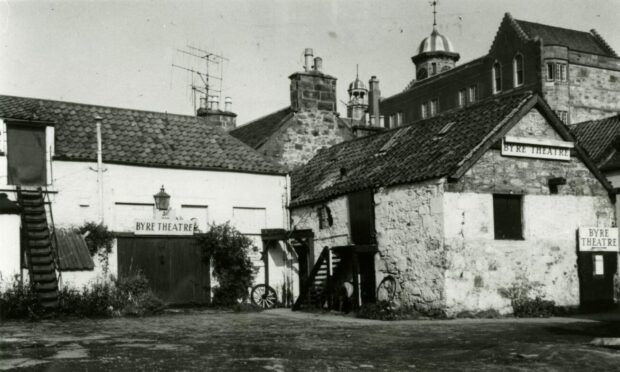
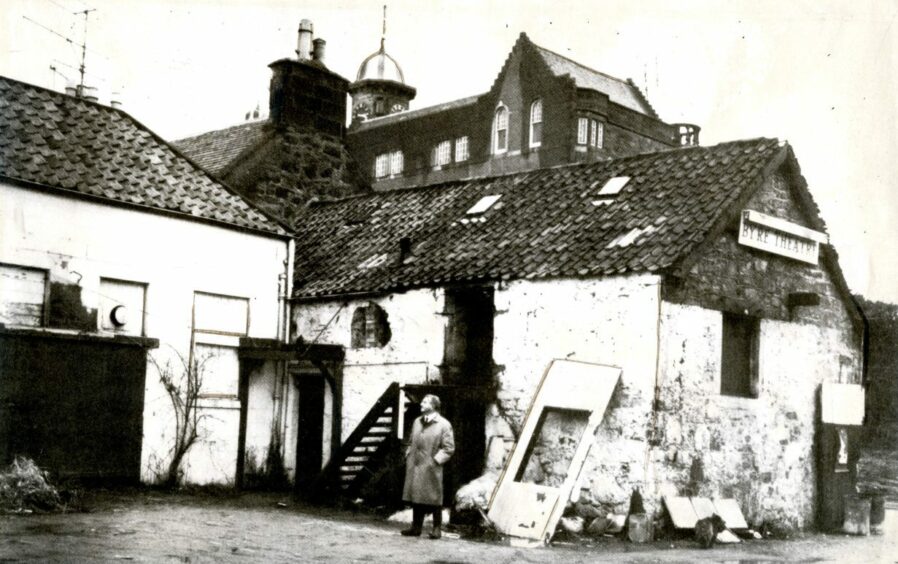
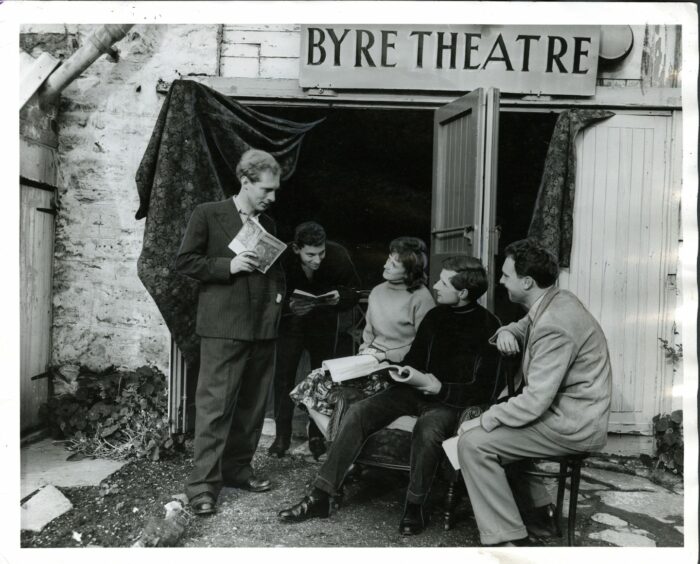
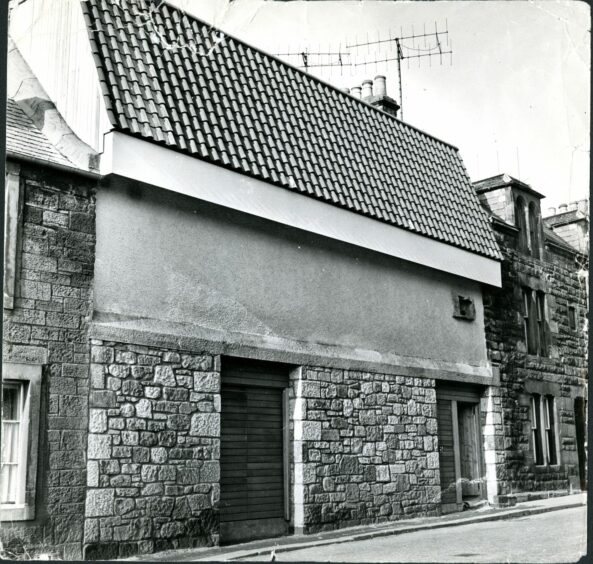
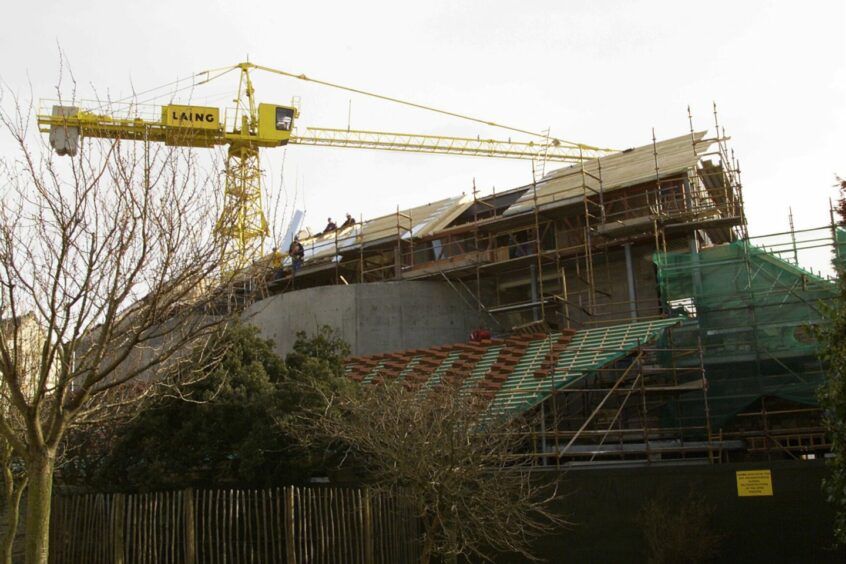
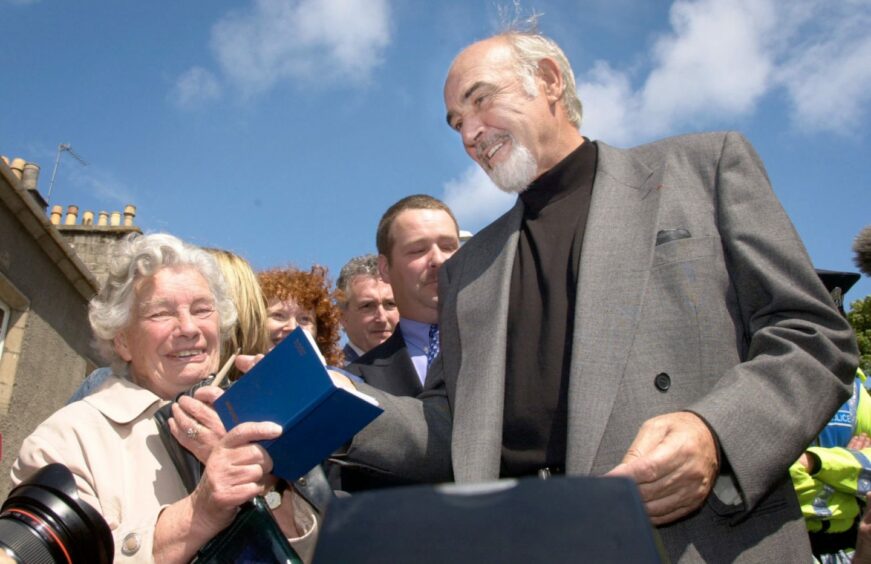
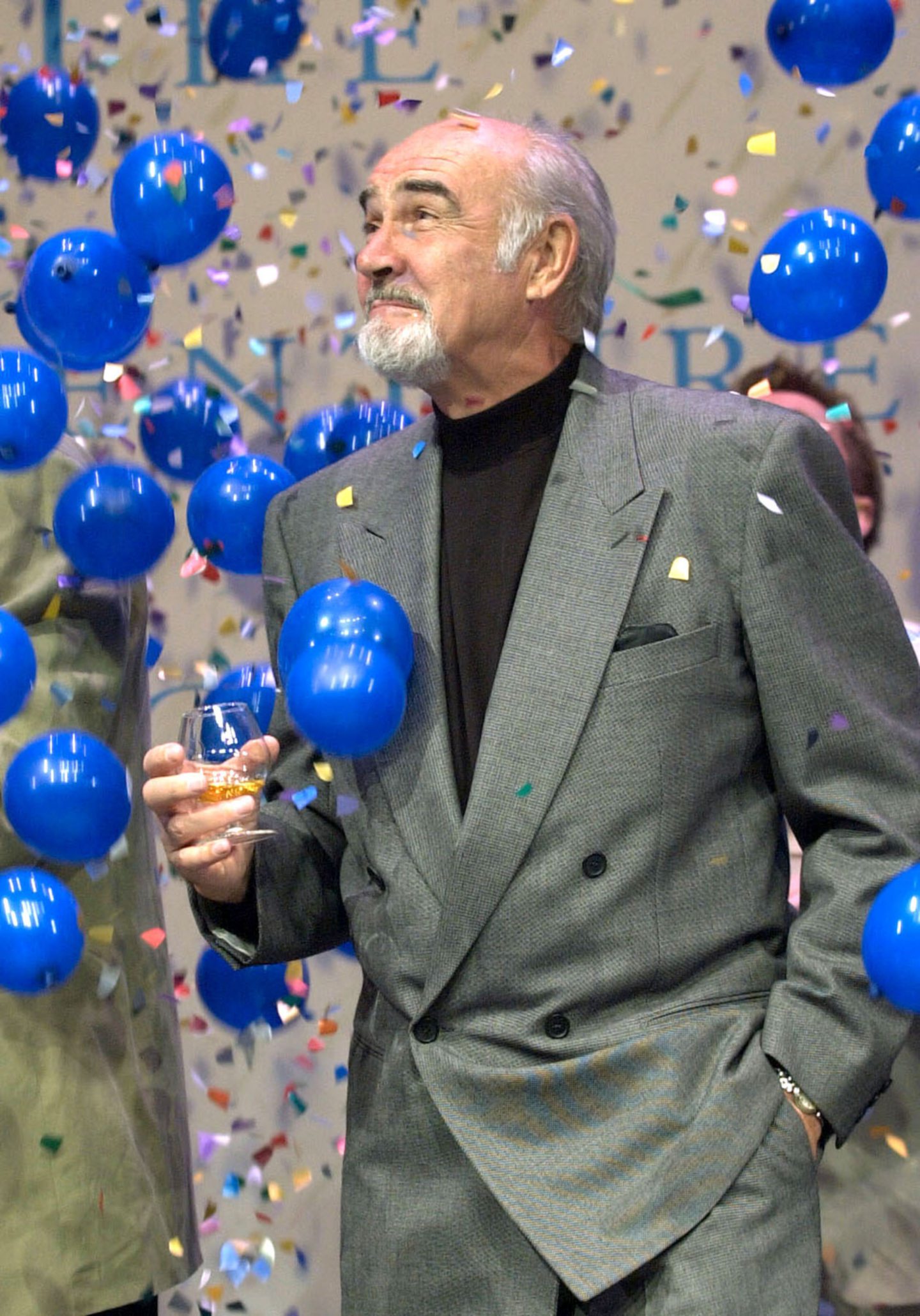
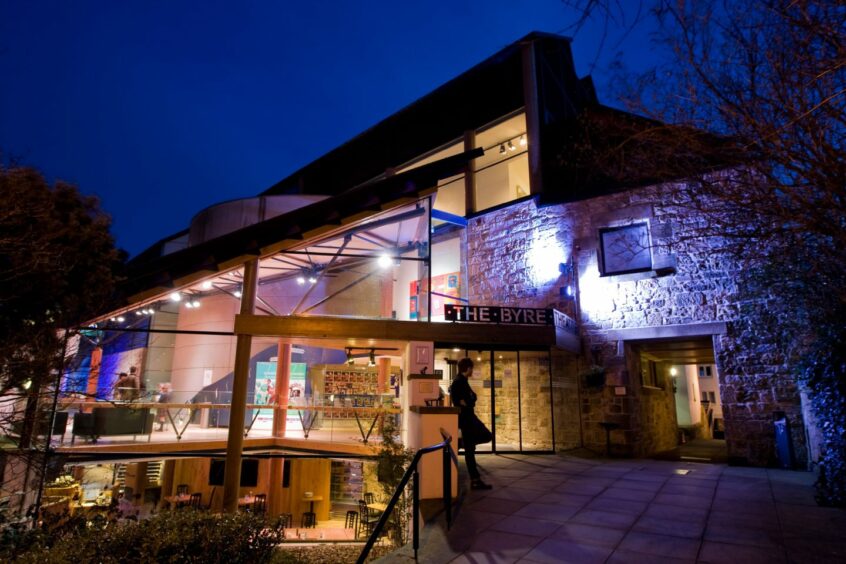










Conversation